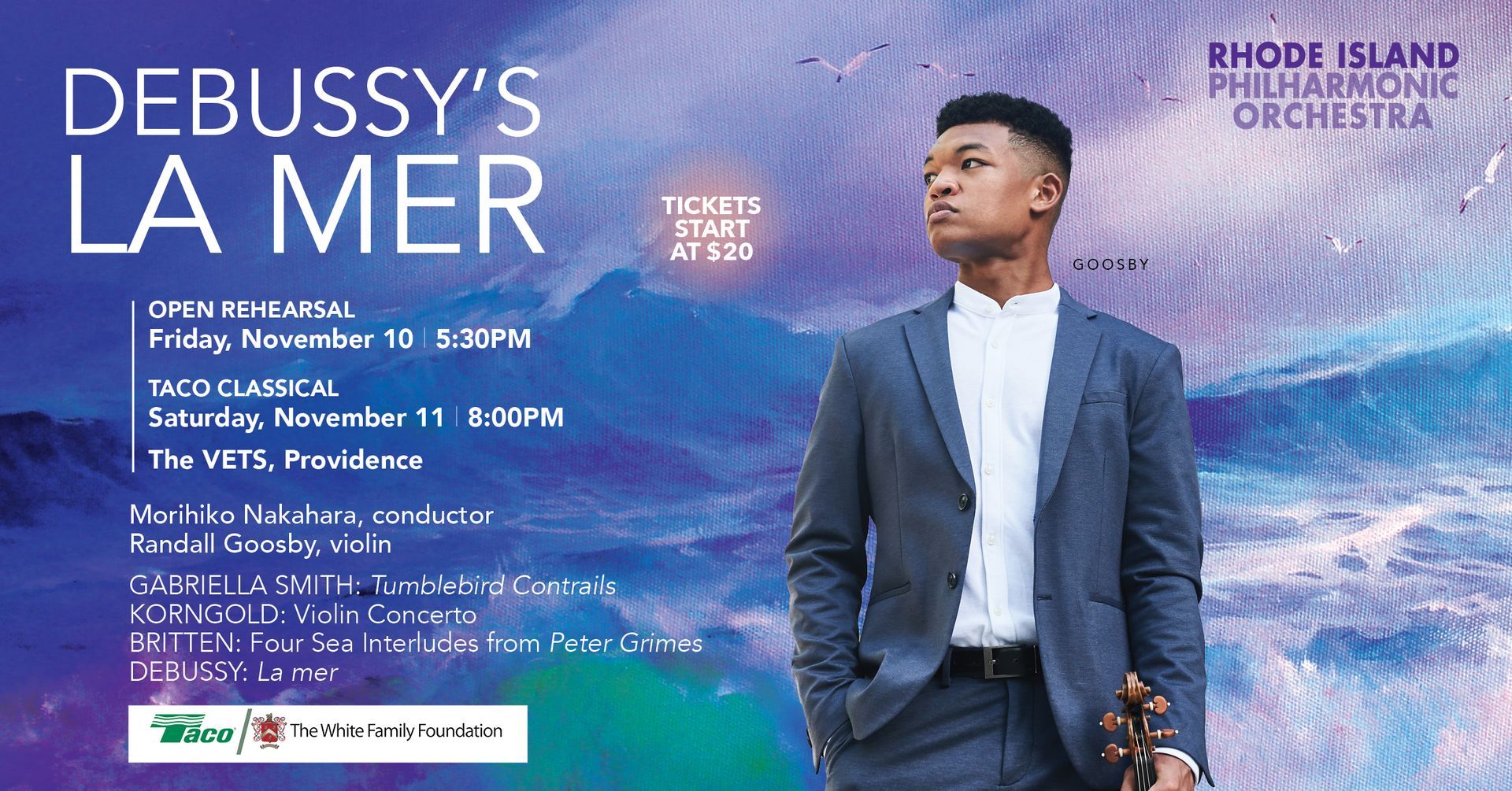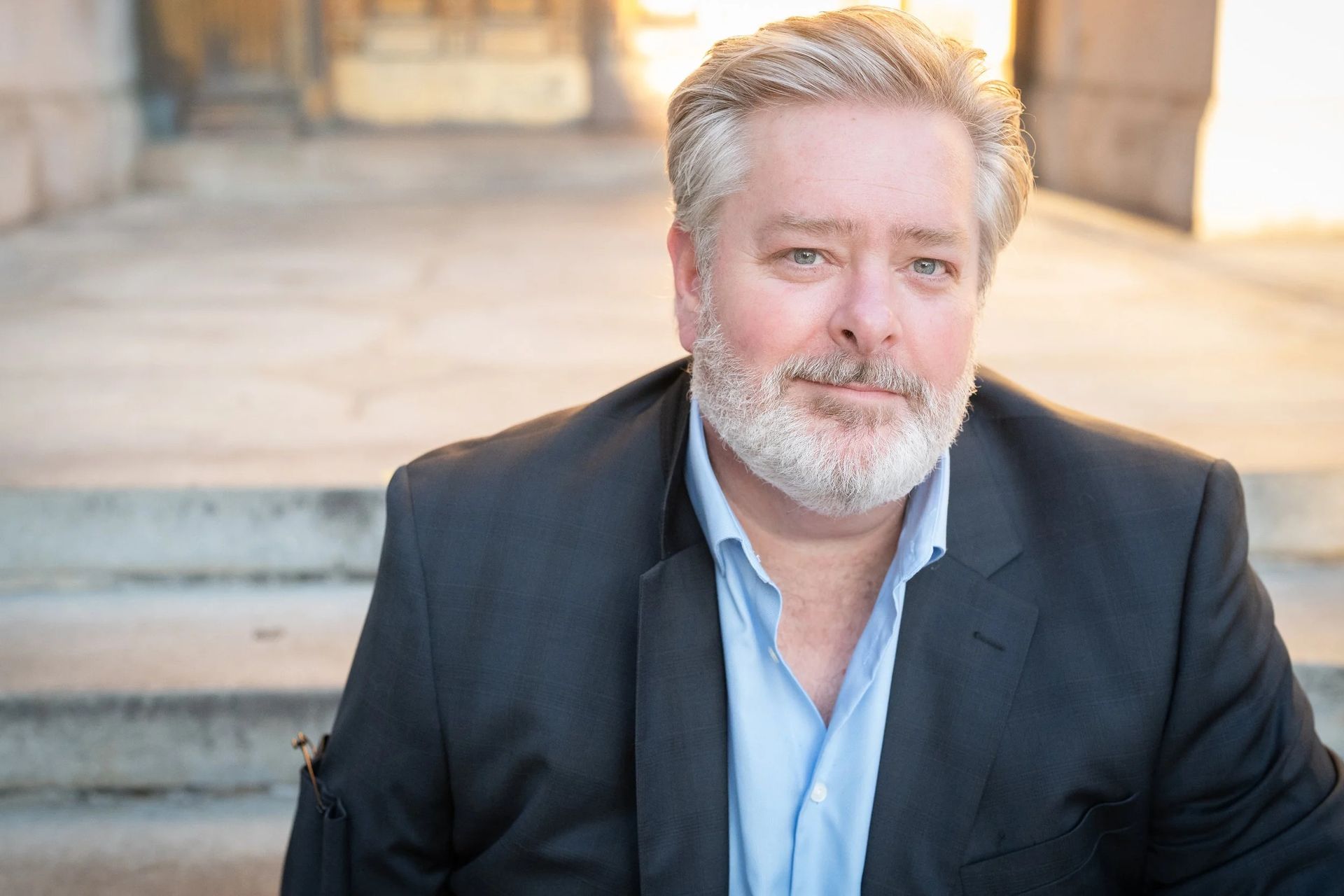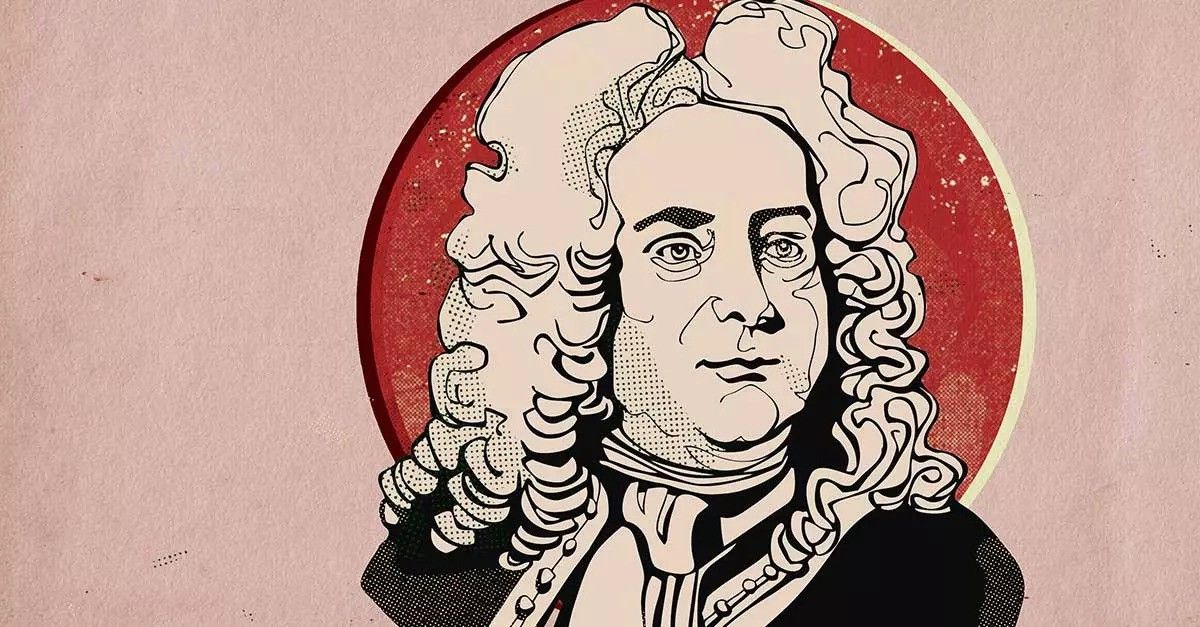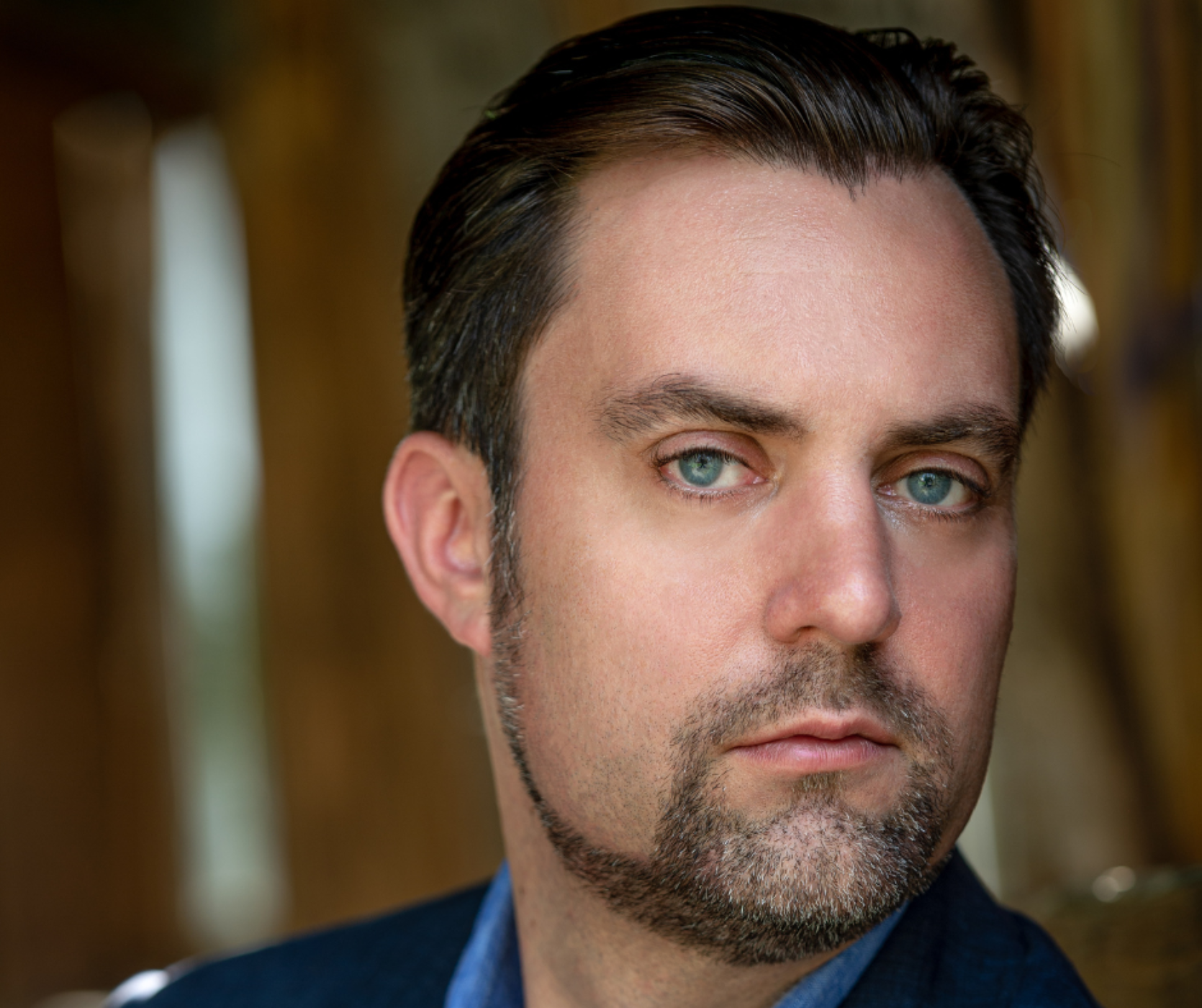THE STORY BEHIND: Korngold's Violin Concerto
Share
On November 11, conductor Morihiko Nakahara and the Rhode Island Philharmonic Orchestra will present DEBUSSY'S LA MER with violinist Randall Goosby.

Title: Violin Concerto, op.35, D major
Composer:
Erich Wolfgang Korngold (1897-1957)
Last time performed by the Rhode Island Philharmonic:
Last performed April 7, 2018 with Jacomo Bairos conducting and soloist Alexi Kenney. In addition to a solo violin, this piece is scored for two flutes, piccolo, two oboes, English horn, two clarinets, bass clarinet, two bassoons, contrabassoon, four horns, two trumpets, trombone, timpani, percussion, harp, celesta and strings.
The Story: Erich Wolfgang Korngold is well known to classic movie buffs as the composer of scores to such adventure films as
Captain Blood, The Adventures of Robin Hood, and
The Sea Hawk. However, Korngold at one time held an honored position in European opera and concert music that originated in his youth. This Wunderkind composed his first major work, the pantomime ballet
Der Schneemann, at the age of 11 and went on to write a series of successful operas, culminating in
Die tote Stadt, completed when he was only 23.
Korngold got involved in Hollywood film scoring in 1934, when Max Reinhardt arranged with Warner Brothers to make a film version of
A Midsummer Night’s Dream. Korngold adapted the music of Mendelssohn for this project but then went on to compose a string of 18 original film scores — most of them “swashbucklers.” These melodramatic adventures were not far removed from the Viennese operatic stage from which Korngold had come, and his late-Romantic, Wagner-cum-Straussian style fit them perfectly.
Ten years before his death, Korngold suddenly ceased film scoring, when he discovered that his reputation in that field had damaged his image among American concert-music critics. With focused energy, he plunged into “serious” composition, producing over the next few years the Violin Concerto in D Major (1947), a symphony (1950), and several other works. He was not ashamed of his movie music. On the contrary, his Violin Concerto draws melodic material from his film scores to
Juarez, Anthony Adverse, Another Dawn, and The Prince and the Pauper.
The musical style of the Violin Concerto is also consistent with film and operatic scoring. In the first movement, there are frequent changes of tempo, texture, and mood — as in an emotional movie scene. At times, tonality is obscured in dissonance, but the theatrical nature of the music makes this feel perfectly natural. The first theme takes on the character of a movie’s “big theme” after the violin cadenza.
Romance, the second movement, is an expansive essay in sentiment. The
misterioso middle section becomes slightly expressionistic before making a Straussian retransition to the sweetness of the opening.
The finale’s
staccato
jig shows off the composer’s full range of facility. The orchestration is brilliant. There is a wealth of themes, all developed along traditional classical lines. However, as the themes return, rondo-like, we are reminded of “main title” music, particularly when the horns take up the principal theme. The coda literally “chews up” this theme as it is reworked by the virtuoso violin part, until the full orchestra finishes the work by rolling the “end titles.”
Program Notes by Dr. Michael Fink © 2023 ALL RIGHTS RESERVED
Tickets start at $20! Click HERE or call 401-248-7000 to purchase today!







